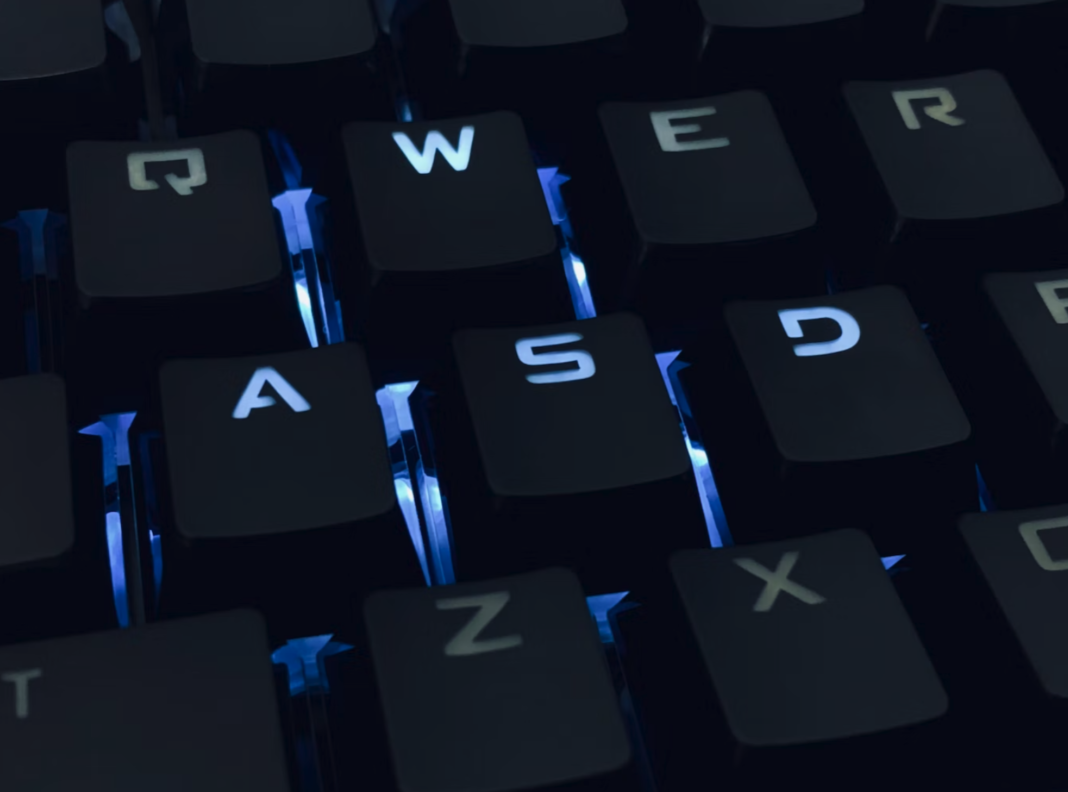What is disinformation and how is it connected to digital literacy?
One of the most relevant themes associated with digital literacy is disinformation. The purposeful spreading of false information has become an especially pressing issue in recent years.
The dictionary definition of disinformation is “false information deliberately and often covertly spread (as by the planting of rumors) in order to influence public opinion or obscure the truth.” This definition also points out the difference between disinformation and misinformation. Misinformation is basically any incorrect information. Disinformation, on the other hand, covers also the intent behind spreading misinformation. Disinformation is usually targeted and has the goal of manipulating truth in line with certain interests. These interests may be political; disinformation can take the form of a covert smear campaign against an opponent. They can also be financial. Both traditional and digital media sources depend on audience engagement to monetize their services. Therefore, attracting a bigger audience via shocking or greatly exaggerated content may be beneficial for such actors. The blurring of the line between news and entertainment lately has made this issue graver in particular.
it is almost impossible to think of disinformation and the digital sphere separately today, yet disinformation has a long history. in fact, its first documented occurrence can be traced back to 1274 BCE, when Ramesses il of Egypt deliberately portrayed his inconclusive battle as a great victory. He had scenes of triumph painted on numerous temple walls and circulated poems celebrating it. More recently, after the advent of print media, fake news and hoaxes began to appear. The Great Moon Hoax of 1835, where a fabricated story about a moon civilization, helped catapult the New York Sun to a century of commercial success.
Therefore, it is possible to find examples of disinformation with the motives outlined above long before digital media became mainstream. These examples also provide us with the preliminary insight that simply restricting or banning channels of information dissemination, a response that many governments today are keen to jump to, is not an appropriate solution; temple walls were replaced with newspaper pages, and those in turn are being replaced by web pages and apps today. As long as channels of spreading information exist and evolve, so will those for disinformation.
Why digital disinformation causes so much concern today is its effectiveness, which is connected to its novelty. in a way, we are in a similar situation to when print media was booming in an environment of low literacy, before journalistic ethics were established. Digital social media is similarly expanding very fast today. Differently from the historical example, the ease of access to it is significant. yet low levels of digital literacy pose similar problems as the lack of actual literacy during the beginnings of print media. This is best evidenced by issues specific to digital media such as echo chambers and filter bubbles. Digital audiences have greater agency on the types of sources and channels they receive information from. in some cases, this customizability results in people creating an enclosed information environment inconducive to alternative or challenging opinions, reinforcing their pre-existing beliefs. Echo chambers need not be created on purpose; sharing a digital social network with friends and family, generally people with similar world views, can result in an unnoticed echo chamber. A filter bubble, on the other hand, works similarly but is created by social media and search engine algorithms. Put simply, since most algorithms take input history as a basis far further recommendations and feed designs, they can alsa reinforce and amplify already held thoughts and beliefs. it is important to note that the evidence is mixed on the effects and prevalence of echo chambers and filter bubbles. However, the identification of these phenomena points aut that the disinformation problem has two layers. One is concerned with the technological and algorithmic side of disinformation where the choices of platforms and the functioning of algorithms affect the spread of false information. The other layer is about the agency of the audiences, their choices and overall interaction with online information, which points to the importance of digital literacy in overcoming the challenges posed by disinformation…

